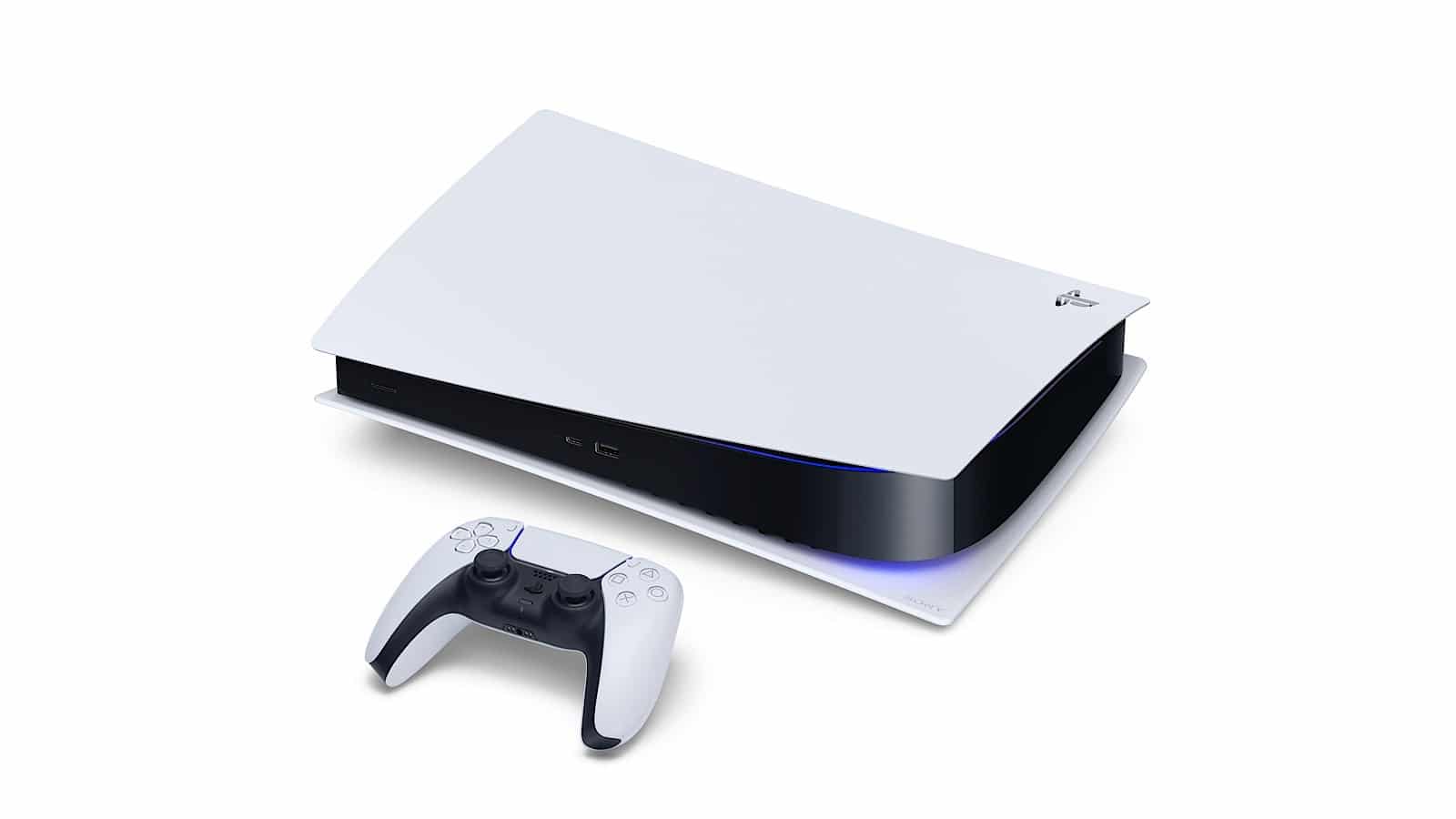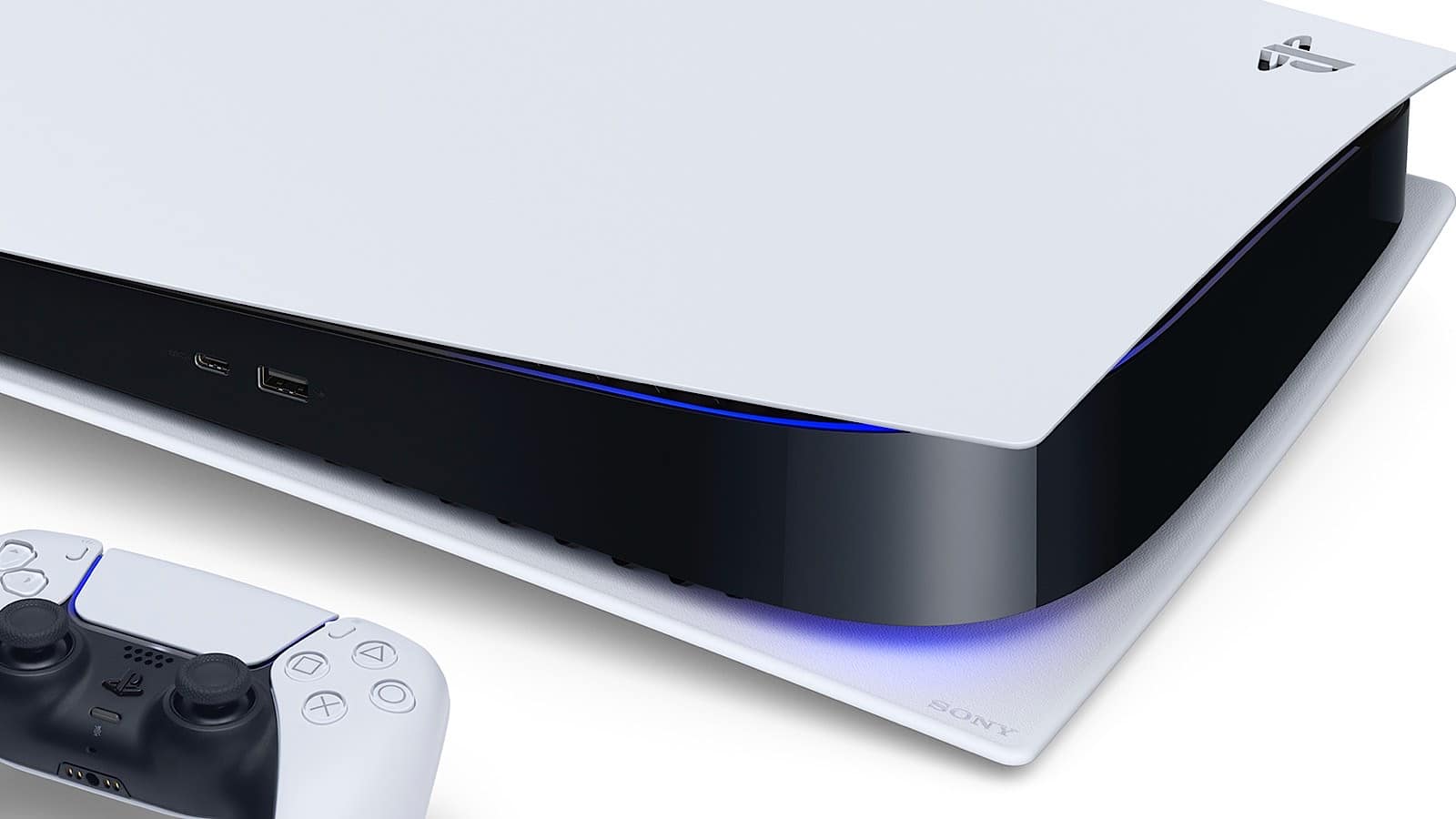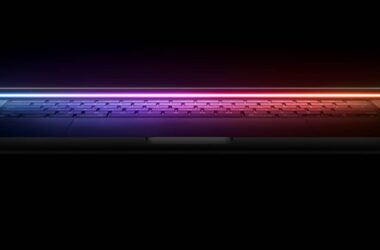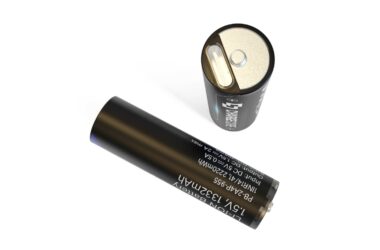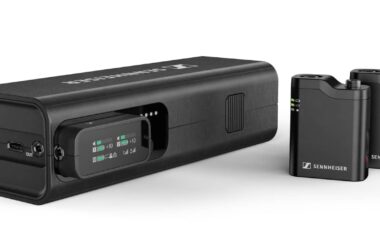With the next PlayStation on its way for the holiday season, buying a TV to suit seems like a logical plan. Unfortunately, Sony’s approach could just end up confusing more people long term.
We’re big fans of when information makes purchases easier for people, but sometimes that information can also muddy the water just a little.
Take Ultra HD certification: it’s a great idea in theory, but if it becomes limited to one brand or doesn’t have a whole bunch of brands working together, consumers can understandably get confused by the whole thing, leading to more questions than answers.
It’s great when companies agree on standards, and when they work together to deliver on it. Some of these standards become certified programs that can help make things clearer and safer long term, such as with cable requirements. No one wants to be shocked later on, either with regards to wasting money or one of those physical nasty shocks.
But not every program works this way.
This week, Sony has announced a “Ready for PlayStation 5” program, which basically gives a label to a select assortment of TVs that Sony says are ready to be used with the upcoming PlayStation 5 console. The console will boast some fast and capable graphics prowess, and so having a new TV should provide the optimum experience, but the “Ready for PlayStation 5” label goes beyond this.
Models featuring this label will support Sony’s “Bravia Game Mode”, which Sony says will allow gamers to play games with low latency and wake the TV with the gaming controller, though we’d argue that new TVs from manufacturers in 2020 will likely offer this as it is.

As it is, “Ready for PlayStation 5” TVs currently only include the X90H 4K LED-backlit TV and the Z8H 8K LED-backlit models, missing out on even Sony’s OLED screens this year. Given the cost, this is a surprise, though information from Sony suggests both deliver support to the PlayStation 5 because they provide 4K resolution at up to 120 frames per second, something the PS5 can deliver.
Here’s the thing about that, though: there are other TVs from competing manufacturers that can deliver 4K at 120 frames per second. This isn’t just limited to Sony, while the “Ready for PlayStation 5” program does appear to be limited to just Sony.
We’ve gone back to Sony to ask why these TVs would necessarily be ready for a PS5 more than another TV, and if the certification would be available to any manufacturer that matches the 4K/120p settings Sony seems to be implying, but the feeling we’re getting is probably not. As it is, the two Sony TVs that exist in the “Ready for PlayStation 5” program aren’t out in Australia until September, and that leads this concept back to the idea of selling TVs.
No one should be entirely surprised by that, of course. When Sony sells a new console, part of making the experience better comes from trying to get people to upgrade to a new TV, too.
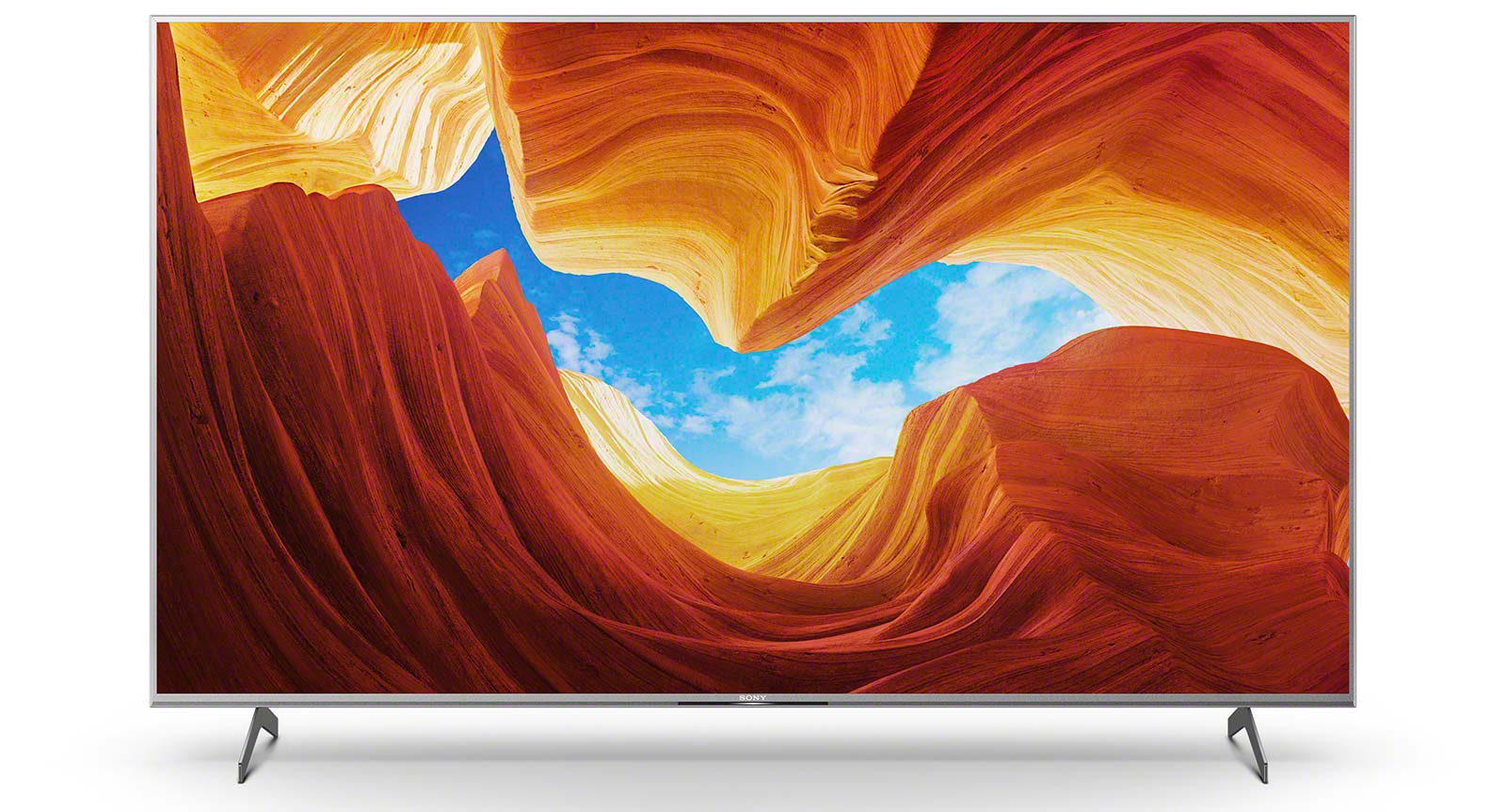
But suggesting only two TVs — and only Sony TVs at that — are “Ready for PlayStation 5” is very silly overall, and the PlayStation 5 just like its sibling will support numerous TVs, including those not made by Sony. More-so, the experience offered by a Sony TV may not be better than that of a rival.
Essentially, it’s just marketing spiel, at least until Sony can claim why a Sony TV will handle its consoles better than that of a TV-making rival.
As it is, LG’s 2020 OLED range can cater for 4K at 120p in select formats, as should 2020 QLED models from Samsung, and we suspect they’re not alone. Ensuring a TV can hit that maximum 120 frame per second rate at 4K will typically mean looking at more premium TVs, but even without it, televisions will work with the PlayStation 5 fine.
The situation here is you probably don’t need a specific type of TV for it to be “Ready for PlayStation 5”, even if Sony seems to suggest otherwise.
